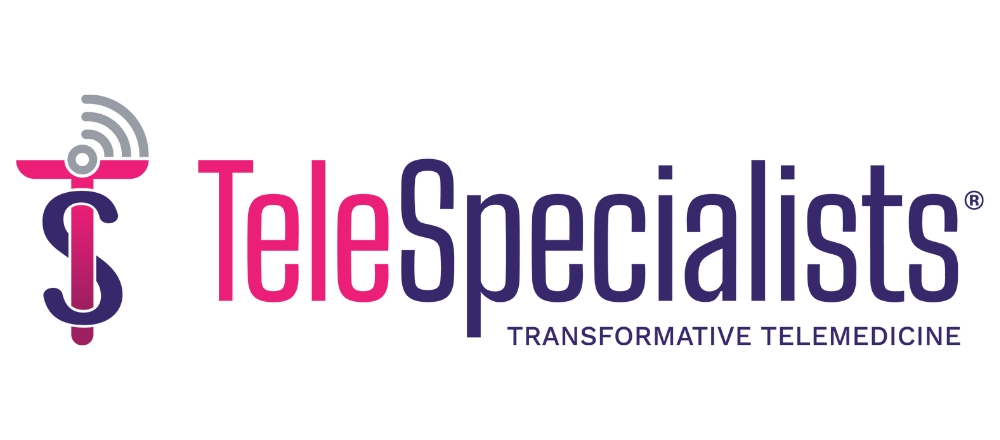“The next big opportunity in healthcare is to make healthcare feel like Amazon,” declared Dr. Pamela Peele, chief analytics officer, UPMC Insurance Services Division and UPMC Enterprises Friday, the opening day of the annual SXSW interactive conference in Austin.
Except Amazon can’t alone change the face of healthcare because the industry is so large, unwieldy and complicated. For that look toward integrated payer-provider health systems like UPMC who with their forward-thinking minds coupled with significant heft (UPMC is the largest employer in Pennsylvania) will team up with innovative startups.
That was the overall message of a four-person panel discussion meant to explain to innovative startups what UPMC does and the positive elements of having a hospital as a strategic investor. The goal is of course reduce cost and deliver better quality Tal Heppenstall, executive vice president, treasurer and president, UPMC Enterprises, the venture arm of the health system.
Oh and of course make some money along the way.
“As a strategic investor, what we are really looking to do is generate a separate set of revenues,” Heppenstall said.
So what kind of startups and ideas does UPMC consider worthwhile? For one, unlike other strategic investors – say for instance the venture arm of a life science company – UPMC Enterprises will only invest in startups where the larger organization – be it the provider side or the insurance side – is already a customer.
“We do not have an investment where we are not already the customer, customer zero” Heppenstall declared. “Having founded a startup 20 years ago and never having a customer zero, I think is a huge advantage to startup companies.”
Xealth, a digital health startup, which allows doctors to prescribe digital content and services to patients, has benefited from that close tie to UPMC. The startup originated in Providence Health, a Seattle-based health system where CEO Mike McSherry, with zero knowledge of healthcare, was an entrepreneur-in-residence. McSherry and his team at Xealth were the creators of the popular Swype keynoard for smartphones.
While they understood good software and great user experience, they were novices when it came to understanding the ins and outs of healthcare. That’s where working with UPMC came in handy. Through the Xealth software system, UPMC doctors can prescribe relevant apps or send digital content to different patient groups. For instance, the Lantern app can be delivered to people tackling depression; and articles, videos and class enrollment schedules to improve maternity care for instance.
“These are things that weren’t possible before,” McSherry said. “[But] we’re not able to create these different digital solutions. I don’t know the pathways that medical and clinical leaders think are relevant for patient care. They are defining that for us. So I bring a toolset to the clinicians and they define the best uses for the patients … and that’s what we get from working collaboratively with a health system.
While the investment into Xealth may seem to be mutually beneficial, not all UPMC strategic investments have been successful. In an answer to the question, “what pitch do you wish you’d never hear again never” Heppenstall recalled the story of a failed investment in a digital pathology solution that began as a joint venture with a “large Fortune 50” company several years ago.
The Fortune 50 company declared this digital pathology product would be the best way to take pictures and hooked on that promise, UPMC launched a 50-50 joint venture to build this product.
“Seven years later what we realized that the pathologists were actually starting to take their iPhones out and say ‘I’ll click with this’ and the difference between the thing that we were building and the iPhone kept getting smaller and smaller. And so by the time we were done building it, we realized that it would cost more to construct than we could sell it for. That was a major loss to UPMC.”
But he noted that as an investor, one has to be willing to accept those failures.
The joint venture, by the way, was with GE Healthcare and the company was called Omnyx. The company launched in 2008 with a promise that the parents would contribute a combined $40 million. In December 2016, UPMC and Omnyx ended the relationship and the latter was absorbed into GE Healthcare. In January of this year, Tampa, Florida-based Inspirata bought Omnyx from GE Healthcare for an undisclosed sum.
The failure notwithstanding UPMC is convinced that the answer to transforming the customer experience in healthcare rests beyond its walls amidst innovative startups well-versed or not in healthcare.
“We are still walking into the bank in healthcare,” Peele said. “That is the next big opportunity in healthcare: How are we going to disrupt the customer experience. Who is going to do it? Doesn’t look like us it’s going to be us…I think it has to come from outside
In that spirit, UPMC Enterprises received to 42 pitches already this week.
Photo: Natalie Mis, Getty Images
CORRECTION: An earlier version of the story mistakenly stated Dr. Pamela Peele’s last name.











